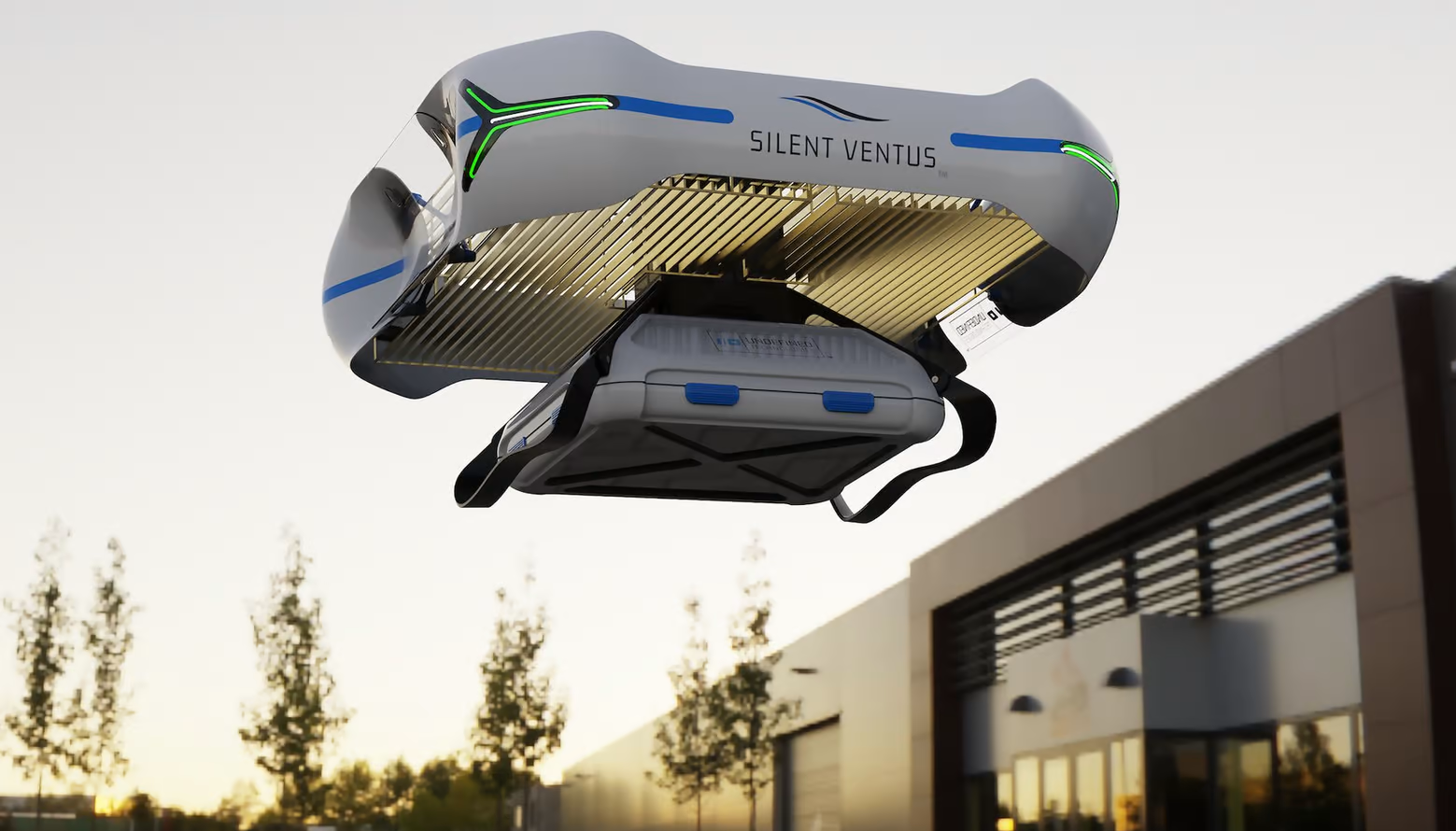Ion Drives
Advancing ideas for transportation

The mainstream push in science academia for advancing ideas in transportation is ion drive technology. This ion drive technology is step beyond spinning propeller blades, which indicates a technology advance.
The world of technology provides endless ideas that are capable of providing automobile alternatives for efficient transportation. Ion drive for replacement of automobiles as a new mode of transportation is a stretch but, innovation is the determinative factor.
There is a Florida company working with drones towards this endeavor: https://newatlas.com/drones/undefined-ion-propulsion-drone . Their concept to the driving mechanism is a different type of operational system methodology.
A good description of ion drives is found in Wikipedia (https://en.wikipedia.org/wiki/Ion_thruster)
“An ion thruster, ion drive, or ion engine is a form of electric propulsion used for spacecraft propulsion. It creates thrust by accelerating ions using electricity.
An ion thruster ionizes a neutral gas by extracting some electrons out of atoms, creating a cloud of positive ions.
Ion thrusters are categorized as either electrostatic or electromagnetic.
Electrostatic thruster ions are accelerated by the Coulomb force along the electric field direction. Temporarily stored electrons are reinjected by a neutralizer in the cloud of ions after it has passed through the electrostatic grid, so the gas becomes neutral again and can freely disperse in space without any further electrical interaction with the thruster.
By contrast, electromagnetic thruster ions are accelerated by the Lorentz force to accelerate all species (free electrons as well as positive and negative ions) in the same direction whatever their electric charge, and are specifically referred to as plasma propulsion engines, where the electric field is not in the direction of the acceleration.[1][2]
Ion thrusters in operation typically consume 1–7 kW of power, have exhaust velocities around 20–50 km/s (Isp 2000–5000 s), and possess thrusts of 25–250 mN and a propulsive efficiency 65–80%[3][4] though experimental versions have achieved 100 kW (130 hp), 5 N (1.1 lbf).[5]
The Deep Space 1 spacecraft, powered by an ion thruster, changed velocity by 4.3 km/s (2.7 mi/s) while consuming less than 74 kg (163 lb) of xenon. The Dawn spacecraft broke the record, with a velocity change of 11.5 km/s (7.1 mi/s), though it was only half as efficient, requiring 425 kg (937 lb) of xenon.[6]
Applications include control of the orientation and position of orbiting satellites (some satellites have dozens of low-power ion thrusters) and use as a main propulsion engine for low-mass robotic space vehicles (such as Deep Space 1 and Dawn).[3][4]”
A description from NASA begins as follows: (https://www.nasa.gov/centers/glenn/about/fs21grc.html)
“An ion thruster ionizes propellant by adding or removing electrons to produce ions. Most thrusters ionize propellant by electron bombardment: a high-energy electron (negative charge) collides with a propellant atom (neutral charge), releasing electrons from the propellant atom and resulting in a positively charged ion. The gas produced consists of positive ions and negative electrons in proportions that result in no over-all electric charge. This is called a plasma. Plasma has some of the properties of a gas, but it is affected by electric and magnetic fields. Common examples are lightning and the substance inside fluorescent light bulbs.”
This technological shift from chemical explosion propelled rocket blast technology is, again, a step towards more efficient energy use. The CATTCC opinion still maintains that a more efficient use of energy is found in electrogravitic spin which eliminates the energy loss from heat.



